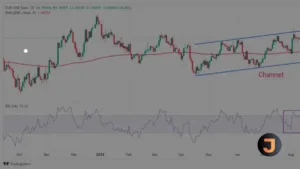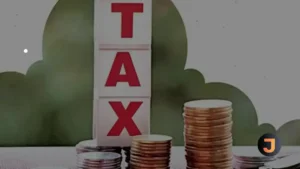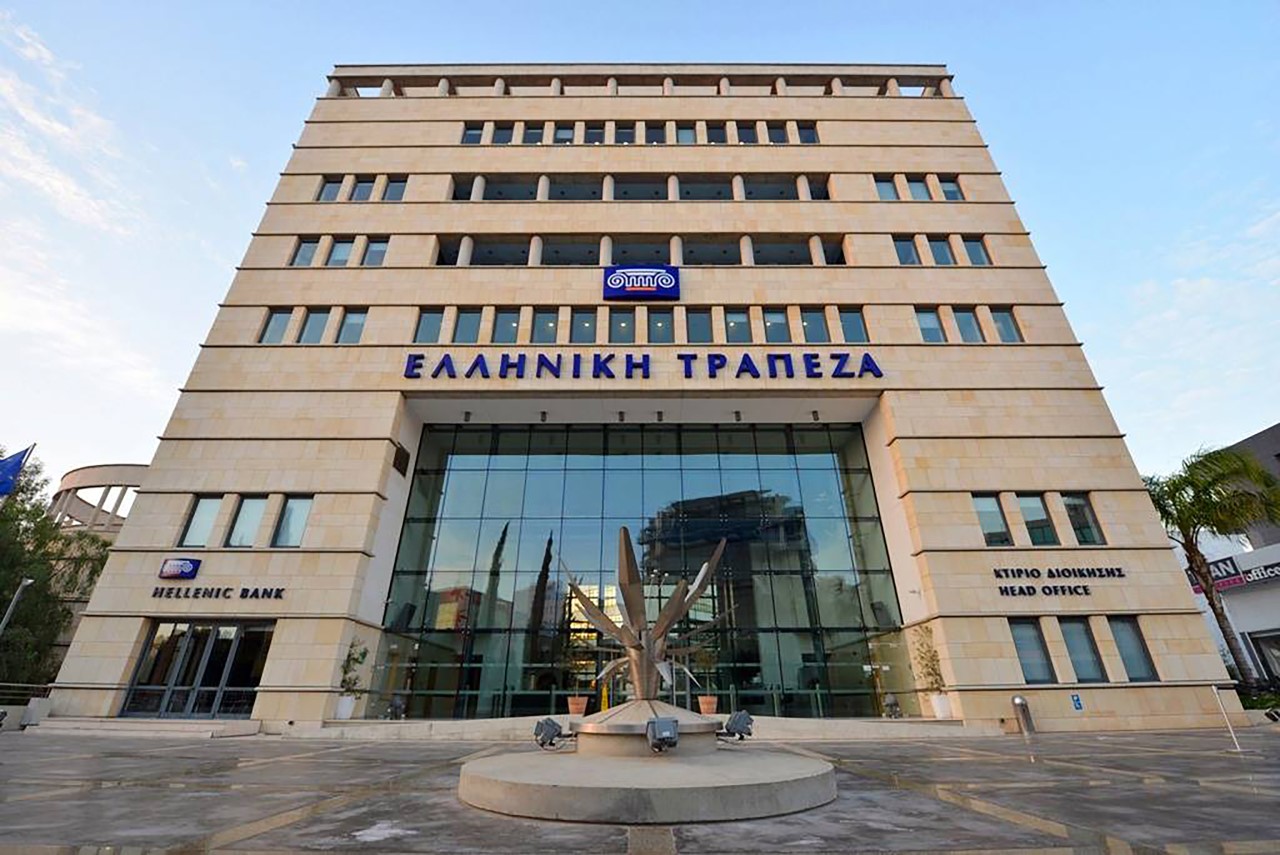New Delhi [India], July 15 (ANI): Personal income tax has become the largest revenue category for the Indian government, surpassing both corporate tax and GST, according to the Anand Rathi report. While GST, corporate tax, and personal income tax each now account for nearly 30 per cent of gross tax collection, their trajectories have varied significantly since FY19.
Corporate Tax and Its Volatility
The corporate tax growth rate has been the slowest and most volatile, primarily due to a sharp rate cut. Despite a significant jump in corporate earnings in FY24, corporate tax growth was modest, contrasting with the trends seen in income tax and GST collections. This indicates a complex interplay between corporate profits and tax revenues that warrants closer examination.
Personal Income Tax: The New Leader
Conversely, personal income tax has grown the fastest, replacing corporate tax as the government’s largest resource mobiliser. Both income tax and GST collections recorded impressive growth rates in FY24, despite low private consumption growth and falling inflation. These trends suggest a robust compliance environment and effective tax administration contributing to higher revenue collections.
GST’s Steady Growth
GST has followed a steady growth path, overtaking corporate tax collections since FY23. Among the major taxes, customs duty continues to bring in the lowest revenue.
Future Projections
Looking ahead, the report projects an increase in tax buoyancy, which has averaged close to one over the past five years. Factors contributing to this projection include India’s robust GDP growth, estimated at 11-12 per cent nominally. The report anticipates India’s overall gross tax collection to record a 13-15 per cent compound annual growth rate (CAGR), with an expected 11 per cent increase in FY25. This optimism is based on a stable indirect tax structure under GST and a resilient economic outlook.
Non-Tax Revenue and Fiscal Balance
Non-tax revenue has seen a significant boost, primarily due to increased profit transfers from the Reserve Bank of India (RBI). With USD 650 billion in forex reserves and high US yields, this trend is expected to continue. Additionally, the ratio of transfers to states to gross tax revenue is likely to remain around 32 per cent, maintaining a balanced fiscal approach.
Capital Spending and Long-Term Investments
There has been a notable rise in the share of capital spending, with the revenue-to-capital expenditure ratio improving from an average of 87 per cent:13 per cent during FY14-FY21 to 79 per cent:21 per cent in FY24. The ratio is projected to improve further to 77 per cent:23 per cent in FY25, with the CAGR in capital spending more than doubling the 12 per cent growth in revenue spending since FY19. This shift indicates a strategic focus on long-term investments and infrastructure development.
Welfare Expenses and Debt Servicing
Lastly, the report highlights a rise in welfare expenses. Spending on food subsidies and rural development is likely to increase to support rural India and boost consumption. Debt servicing costs are also expected to grow substantially, reflecting the government’s commitment to managing its fiscal responsibilities while addressing social welfare needs.






